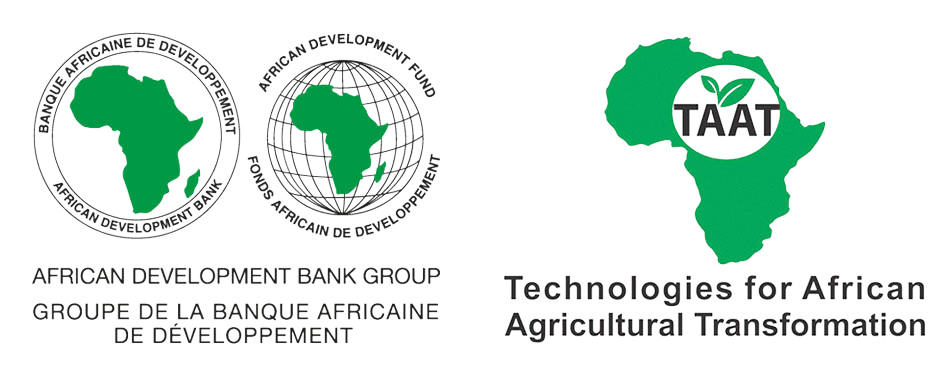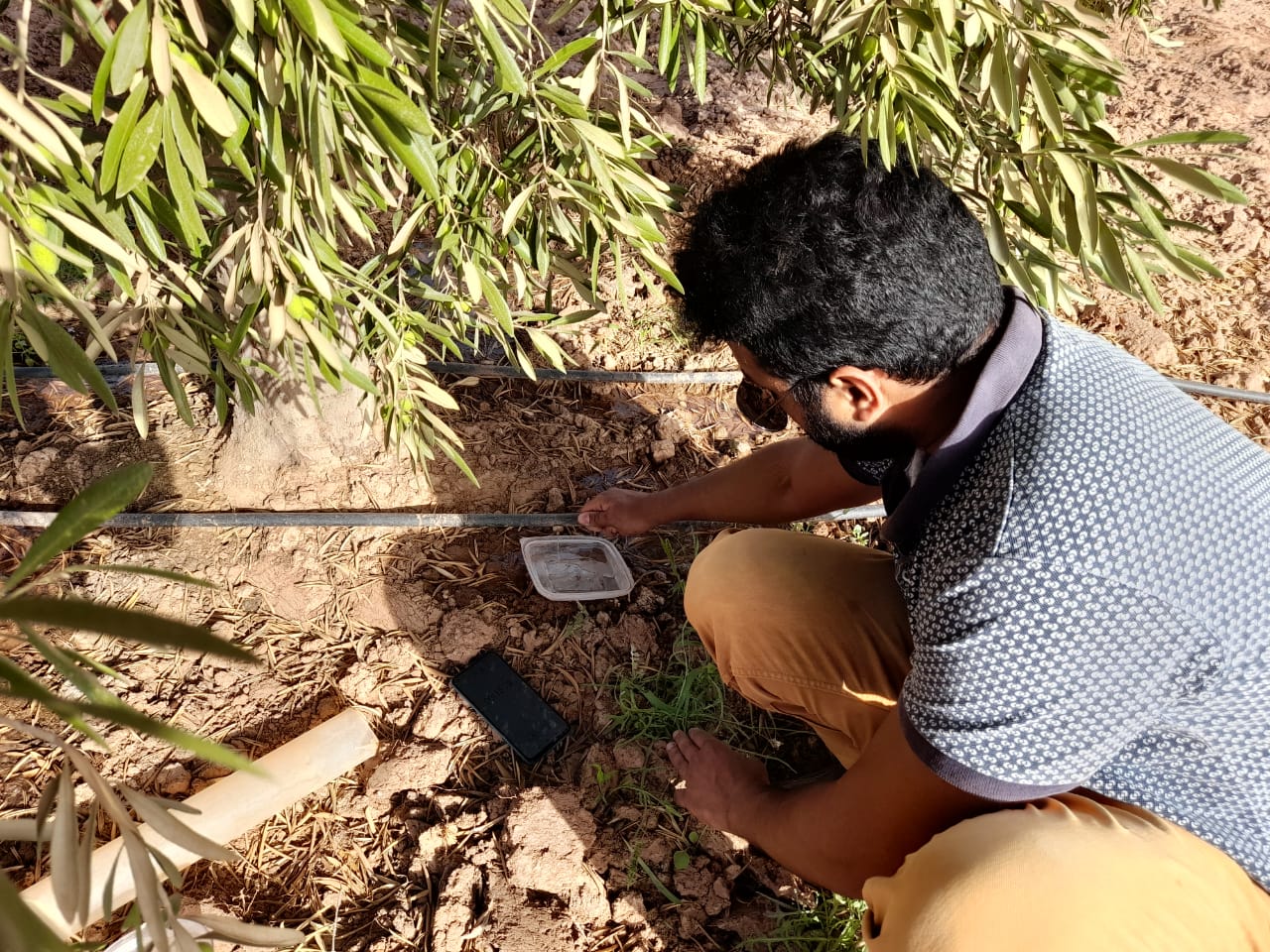Transforming MENA Agriculture with Digital Solutions: A Step Towards Sustainable Water Management
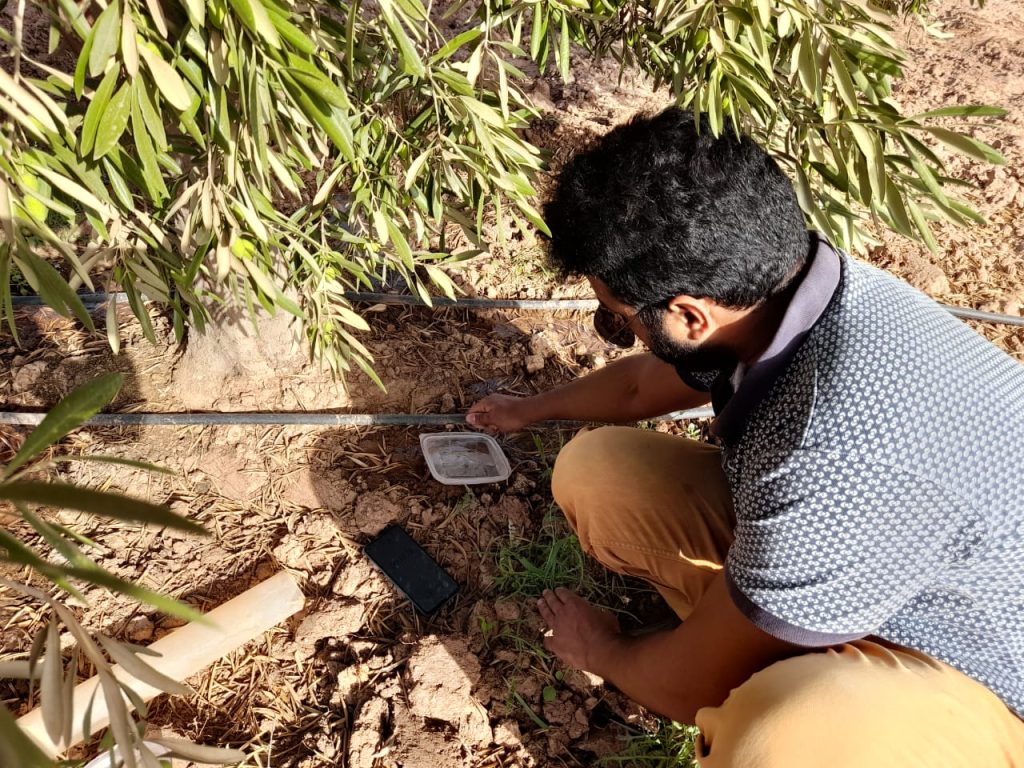
The Middle East and North Africa (MENA) region faces an ongoing water scarcity crisis, which poses significant challenges to the agricultural sector and food security.
With a growing population and increasing demand for food, water resources are becoming increasingly scarce. Digital agriculture solutions can help to improve water management in the MENA region by providing farmers with real-time data on soil moisture, crop water requirements, and weather conditions.
Experts and researchers tirelessly worked to develop innovative solutions that promote sustainable water management practices, utilizing this information to optimize irrigation schedules and reduce water waste in response to this pressing issue. At the forefront of these efforts are digital agriculture solutions, including remote-sensing technology and sensor equipment, which hold the potential to revolutionize water usage in agriculture.
Among the distinguished researchers leading this charge is Dr. Vinay Nangia, Ph.D., the Principal Water Scientist and Research Team Leader at the International Center for Agricultural Research in the Dry Areas (ICARDA).
Recently, at the Digital Agriculture Solutions Forum 2023, Dr. Nangia presented groundbreaking research focusing on ultra-low energy drip irrigation and an Evapotranspiration measurement network tailored for the MENA region.
These advancements promise to empower communities and individuals, driving sustainable agriculture practices and fostering shared learning. These advancements complement work that ICARDA scientists have already been developing in Egypt on yield gap monitoring and irrigation optimization under Excellence in Agronomy, as well as work on advancing conservation agriculture at scale in dryland wheat production areas of Morocco.
Ultra-Low Energy Drip Irrigation: A Game-Changer for Smallholder Farmers
Smallholder farmers play a pivotal role in sustainable agricultural intensification worldwide, but limited access to capital often hinders their adoption of efficient farming practices. One such practice is drip irrigation, a technique that delivers water and fertilizer directly to crop roots in a slow, targeted manner. Drip irrigation has proven to boost crop yields and improve water use efficiency. Yet, its adoption could have been faster due to the high capital and operating costs associated with traditional pressurized systems.
Dr. Vinay Nangia’s research, in partnership with the Massachusetts Institute of Technology (MIT) and INRA Morocco, introduces an exciting breakthrough in this regard. Significant energy and cost savings are achieved by incorporating pressure-compensating online drip emitters designed by MIT that operate with remarkably lower inlet pressures than commercial emitters.
The field trials conducted in Morocco (in partnership with INRA) and Jordan (by MIRRA – a Jordan-based NGO) demonstrate that the low-pressure emitters reduce hydraulic energy consumption by an average of 63% without compromising water emission uniformity. These findings translate into potential savings of 22–31% in the capital cost of pumps and emitters, making drip irrigation systems more accessible to smallholders.
One example of a digital agriculture solution for water management in the MENA region is the Solar-Powered Drip Irrigation Optimal Performance (SDrOP) model developed in a partnership between ICARDA, INRA, and MIT. SDrOP is a software tool used to optimize the design of solar-powered drip irrigation systems.
The model considers field area, crop type, and weather conditions to help farmers design efficient and cost-effective methods. The SDrOP model boasts an exceptional capacity to reduce life cycle costs (LCC) while maintaining operational reliability, offering up to a 56% reduction in system LCC compared to existing commercial software. The practicality of this model is underscored by its ability to operate successfully in real-world conditions, making it a game-changer for smallholder farmers looking to enhance household incomes and contribute to global food security.
MENA Regional Evapotranspiration Measurement Network: Advancing Water Management Knowledge
Another example of a digital agriculture solution for water management in the MENA region is the MENA regional evapotranspiration measurement network. This network collects data on actual Evapotranspiration (ETa) from six countries in the region. ETa is the amount of water evaporated from the land surface and transpired by plants. Farmers can use this data to improve crop models and validate remote sensing methods of ET estimation.
These are just two examples of the many digital agriculture solutions used to improve water management in the MENA region. As these technologies continue to develop, they have the potential to play a significant role in helping to ensure food security and water sustainability in the region.
Understanding Evapotranspiration (ETa) is crucial for effective water management, especially in arid regions like MENA. However, measuring ETa has traditionally been complex, expensive, and labor-intensive. The lack of coordinated measurement initiatives in the MENA region has further exacerbated the challenge of water scarcity. The FAO’s NENA Water Scarcity Initiative (WSI) collaborated with ICARDA and specialized institutions in six MENA countries to establish the Evapotranspiration Measurement Network (ET-Net) to address this issue.
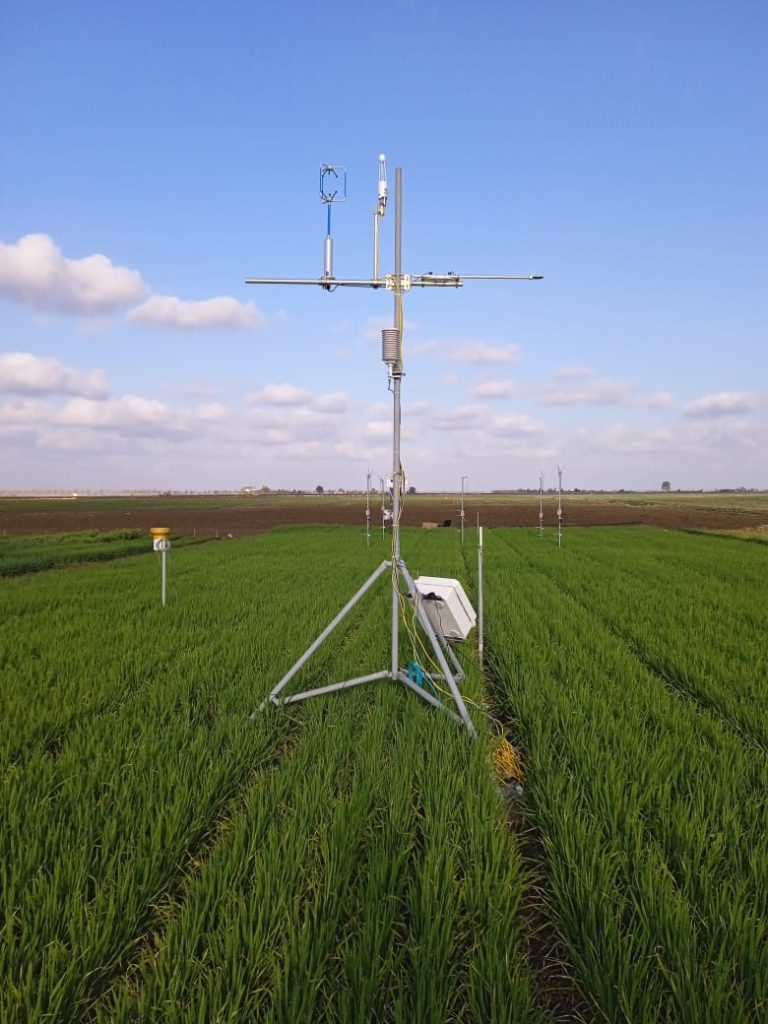
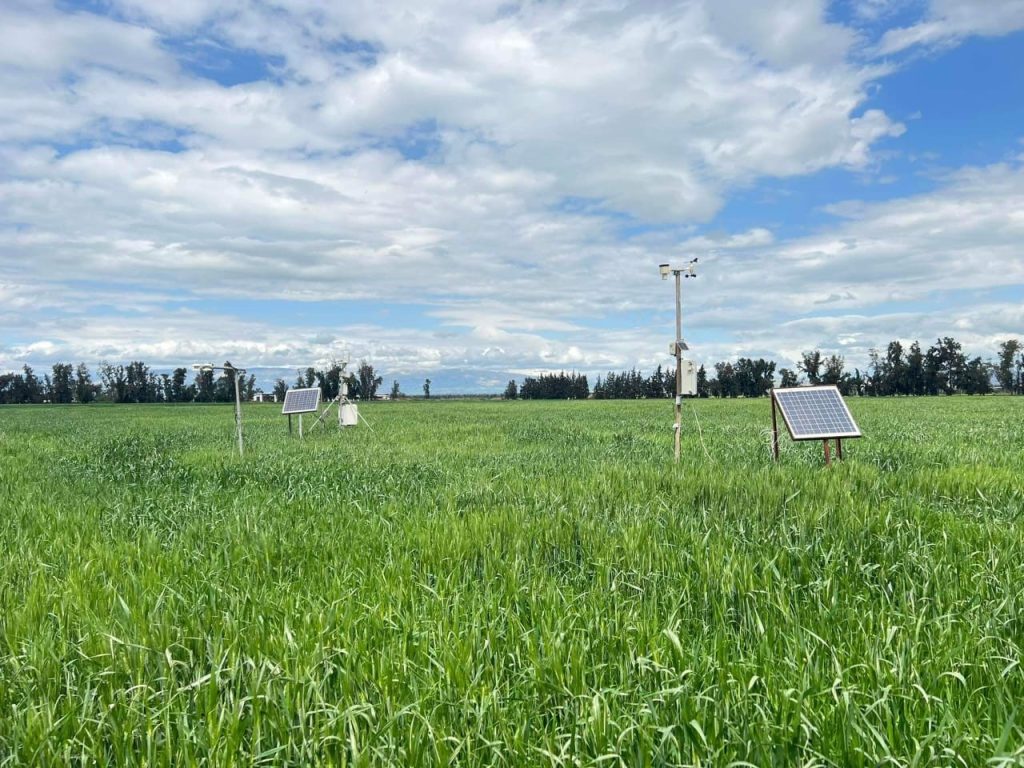
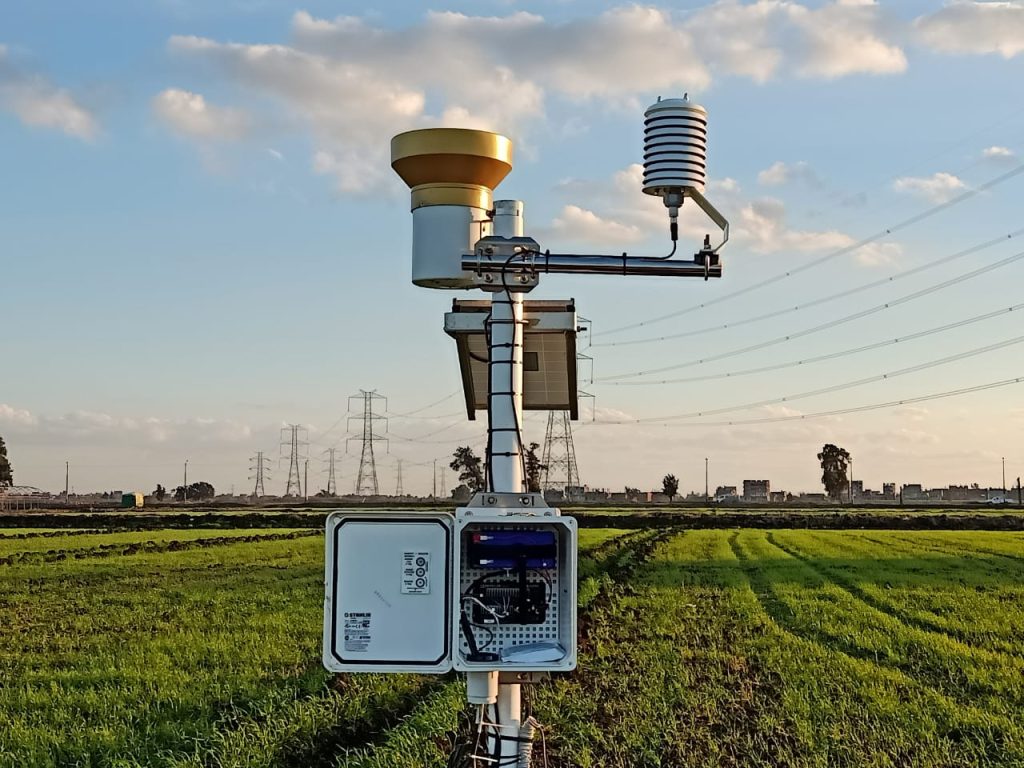
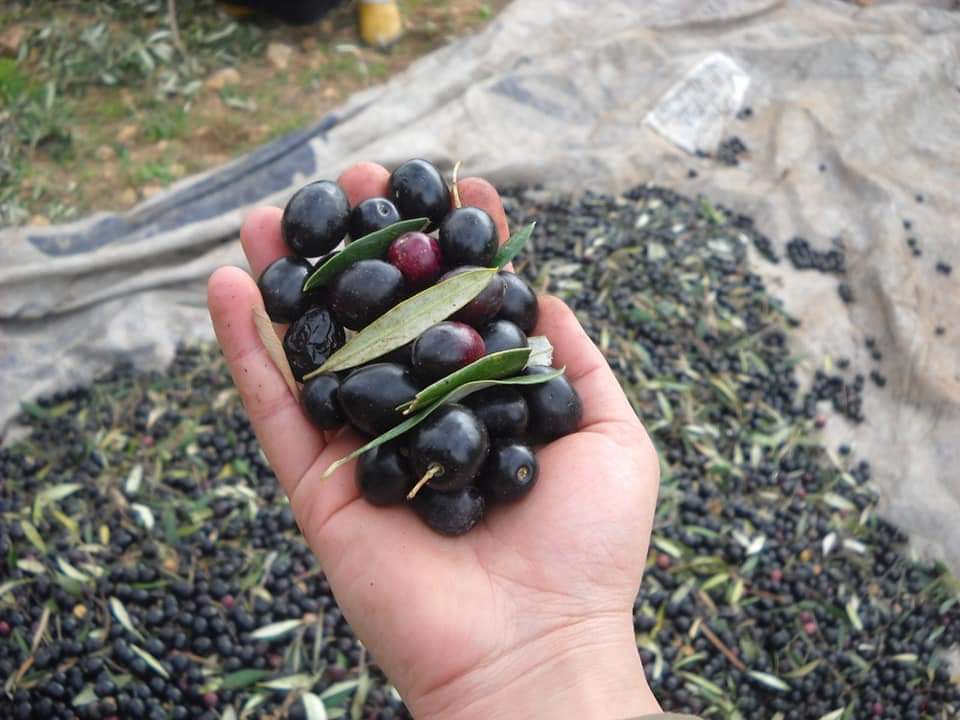
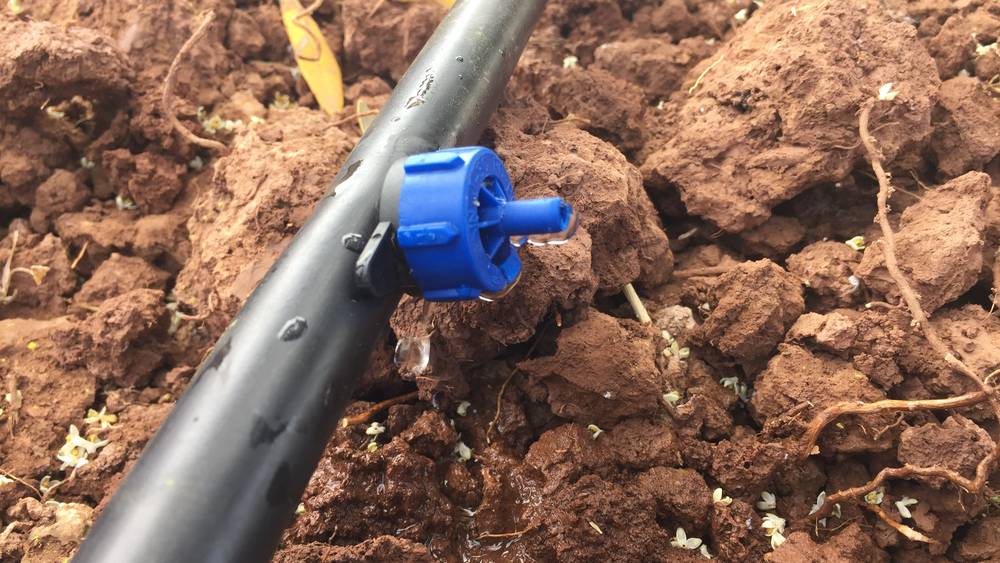
Over six growing seasons, the ET Network has operated in Jordan, Egypt, Lebanon, Palestine, Tunisia, and Morocco. The network utilizes standardized energy balance and micro-meteorological methodologies, lysimeters, and soil moisture depletion methods to measure ET accurately. The main goals of the ET-Network are to build a common regional understanding of ETa field measurements, validate and calibrate remote-sensing-based ET estimations, and evaluate the accuracy of existing ETa retrievals through crop models.
To promote knowledge sharing and enhance collaboration, the MENA ET-Network has developed an open-access dashboard (www.MENA-Water-Security.org). Researchers can utilize this platform to compare ET datasets across seasons, crops, and countries and download these datasets for various agricultural applications, including crop modeling and validation of remote sensing methods.
Conclusion
The MENA region’s water scarcity problem demands urgent and innovative solutions, particularly in the agriculture sector, which heavily relies on water resources. Digital agriculture solutions, like ultra-low energy drip irrigation and the evapotranspiration measurement network, offer hope for sustainable water management.
Digital agriculture solutions offer a promising way to improve water management in the MENA region. These solutions can help to improve water efficiency, increase crop yields, and reduce the environmental impact of agriculture.
However, there are several challenges to adopting these technologies, including the high cost, lack of technical expertise, and lack of internet connectivity. These challenges can be overcome, however, and digital agriculture solutions have the potential to play a significant role in ensuring food security and water sustainability in the MENA region.
Dr. Vinay Nangia’s research, presented at the Digital Agriculture Solutions Forum 2023, exemplifies the transformative potential of these solutions. By empowering smallholder farmers with cost-effective and energy-efficient irrigation techniques and fostering collaborative regional efforts to measure and manage Evapotranspiration, we take a significant step toward securing a more sustainable and prosperous future for the MENA region.
Through shared learning and the relentless pursuit of innovation, we can collectively address the challenges of water scarcity and promote responsible and sustainable agricultural practices in an uncertain climate.
About Excellence in Agronomy
The Excellence in Agronomy Initiative (EiA) was launched by CGIAR in 2020 and aims to deliver agronomic gain through an increase in productivity and quality per unit of input, resource use efficiency ( Nutrients, Labour, Water), soil health, and climate adaptation, for millions of smallholder farming households in prioritized farming systems by 2030, with an emphasis on women and young farmers, showing a measurable impact on food and nutrition security, income, resource use, soil health, climate resilience and climate change mitigation.
The initiative will not only respond to demand from the public and private sector but will also help increase efficiencies through stronger collaboration and cross-learning among CGIAR centers and within the broader agronomy R&D ecosystem. EiA is supported by a team of data scientists and will combine big data analytics, new sensing technologies, geospatial decision tools, and farming systems research to come up with scalable agronomic innovations for agricultural development.
The initiative works through demand driven Use Cases that develop unique agronomic solutions and generate evidence to develop lessons of global application to help millions of smallholder farmers grow more and earn more, while improving water use, soil health & climate resilience.
More information can be found at https://on.cgiar.org/Agronomy. Follow the Excellence in Agronomy Initiative on Facebook, LinkedIn, Twitter, and YouTube.
